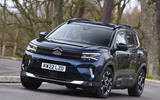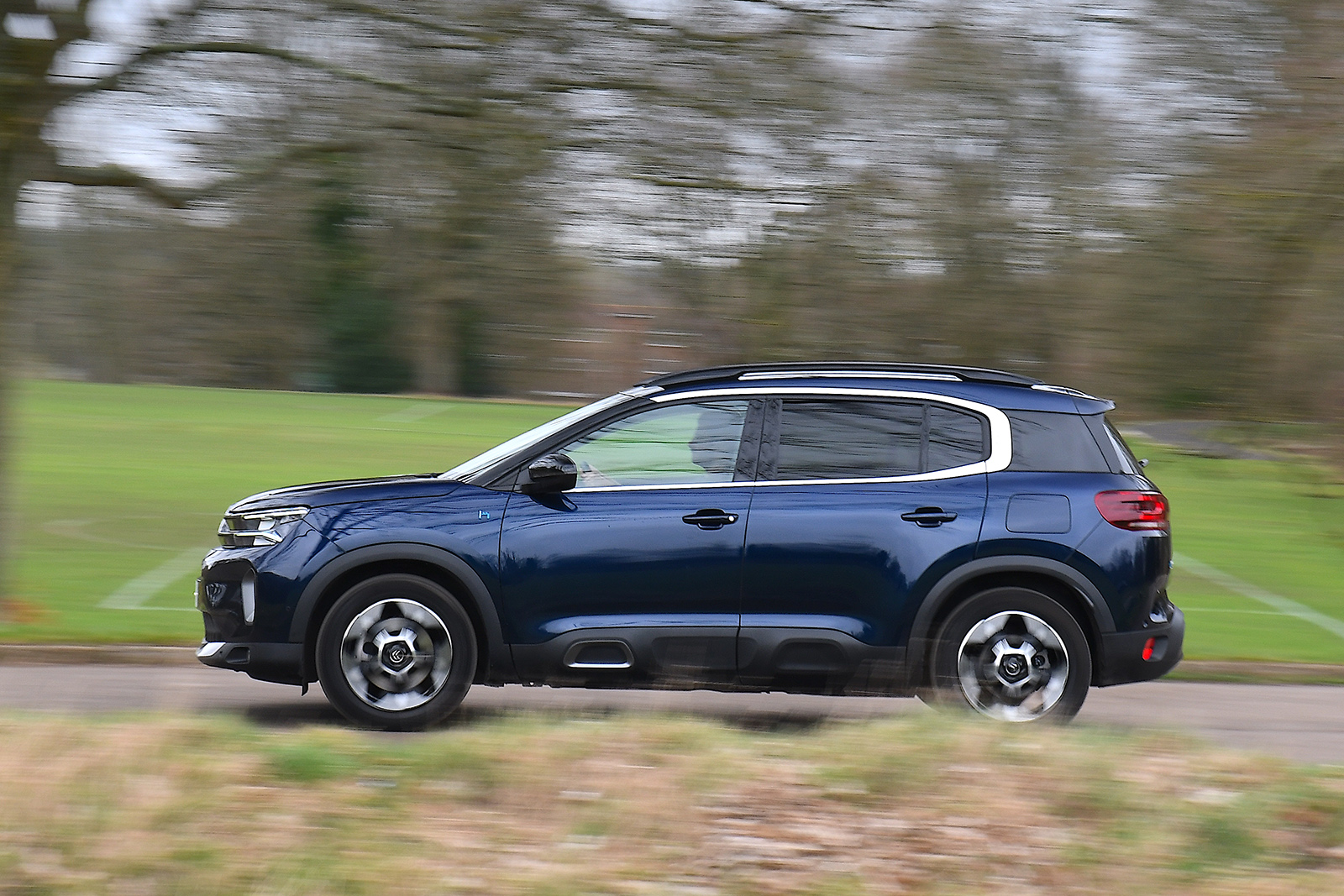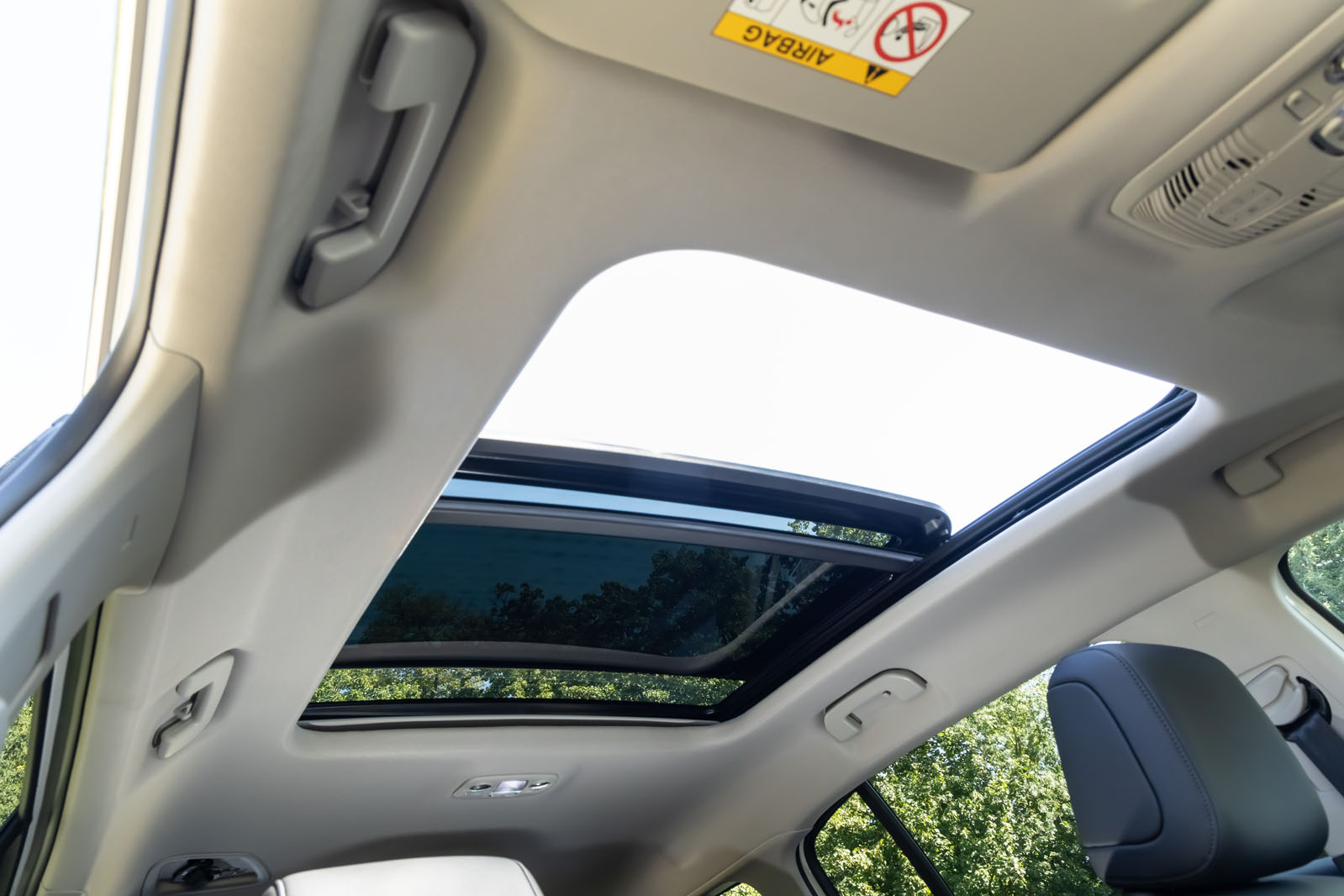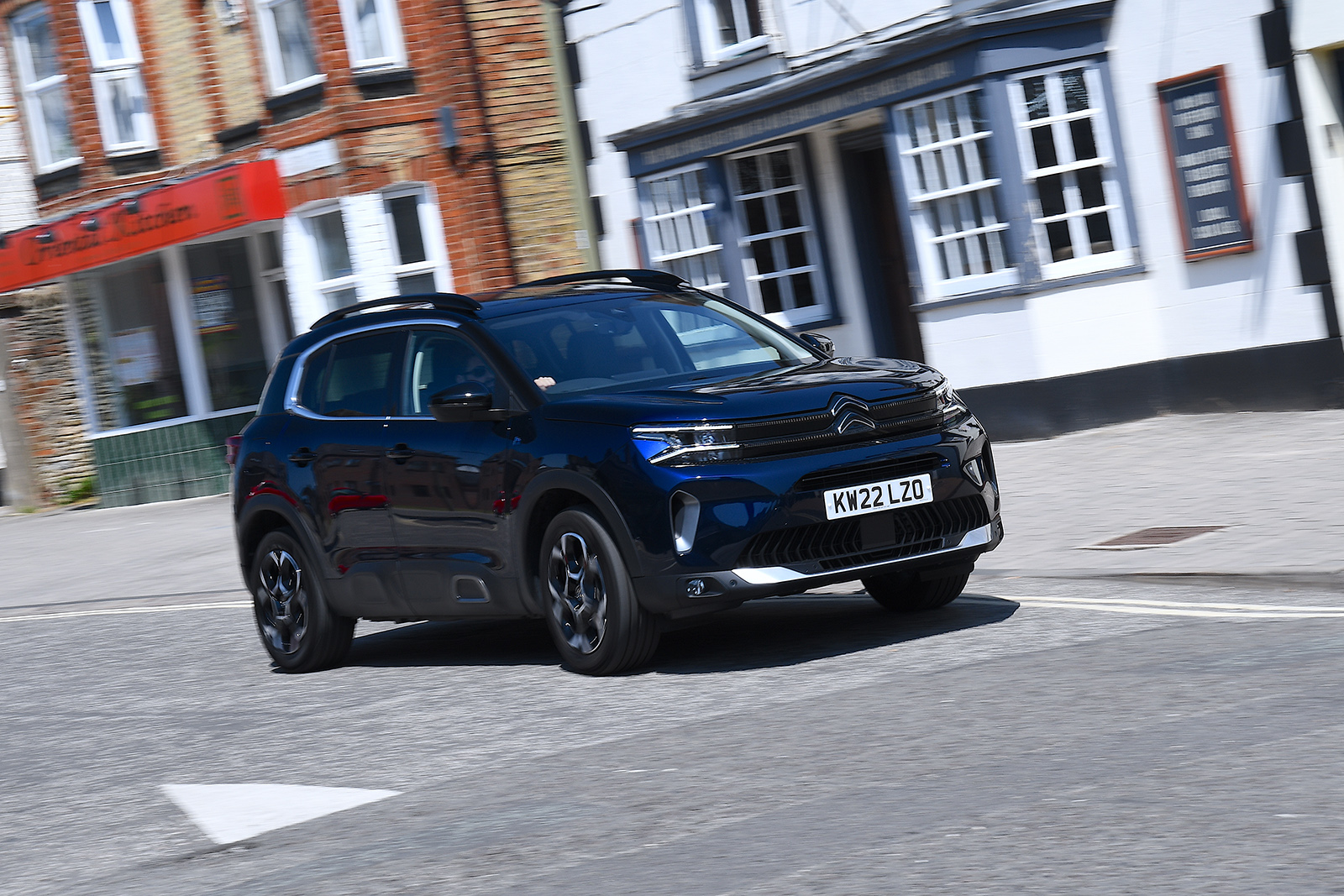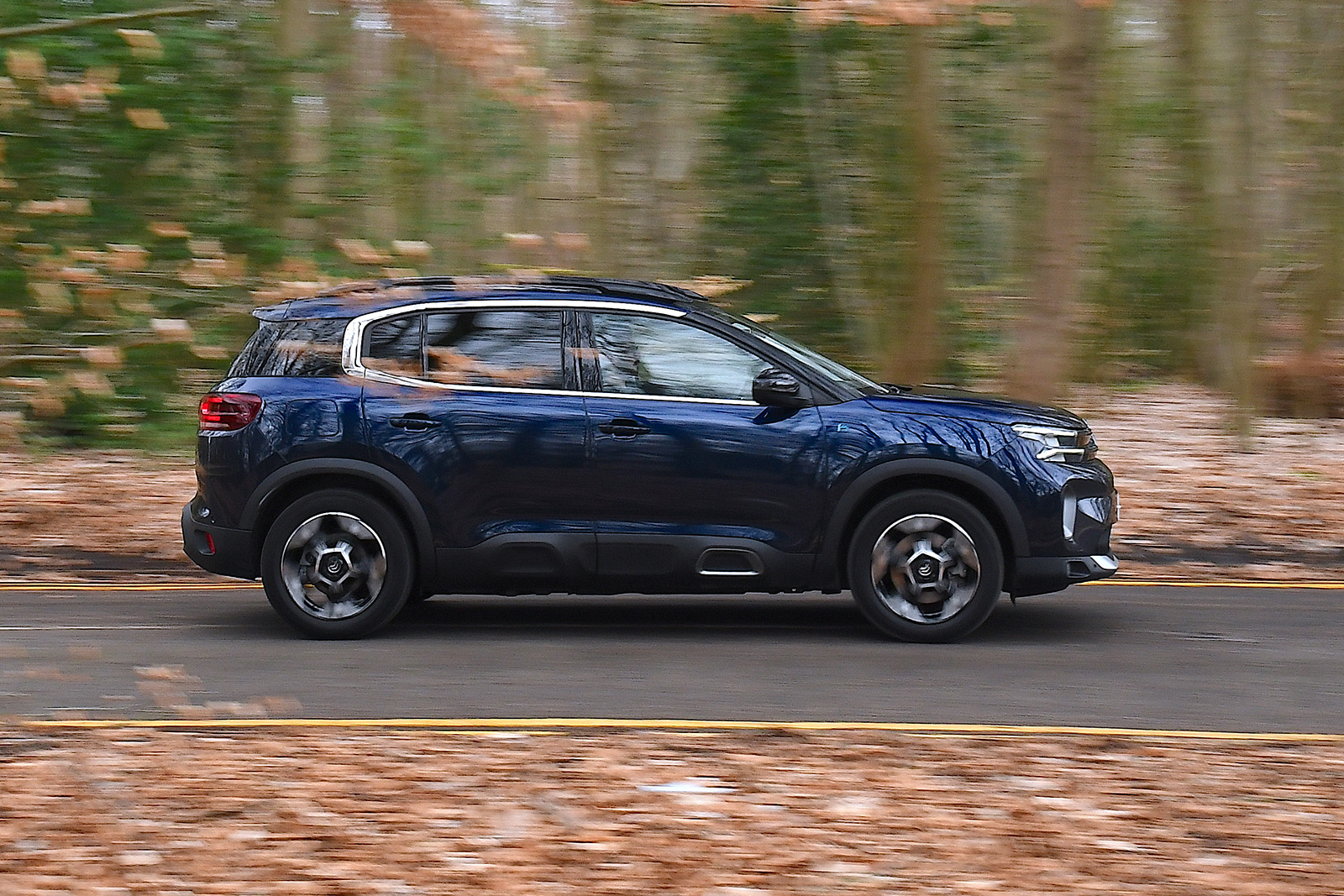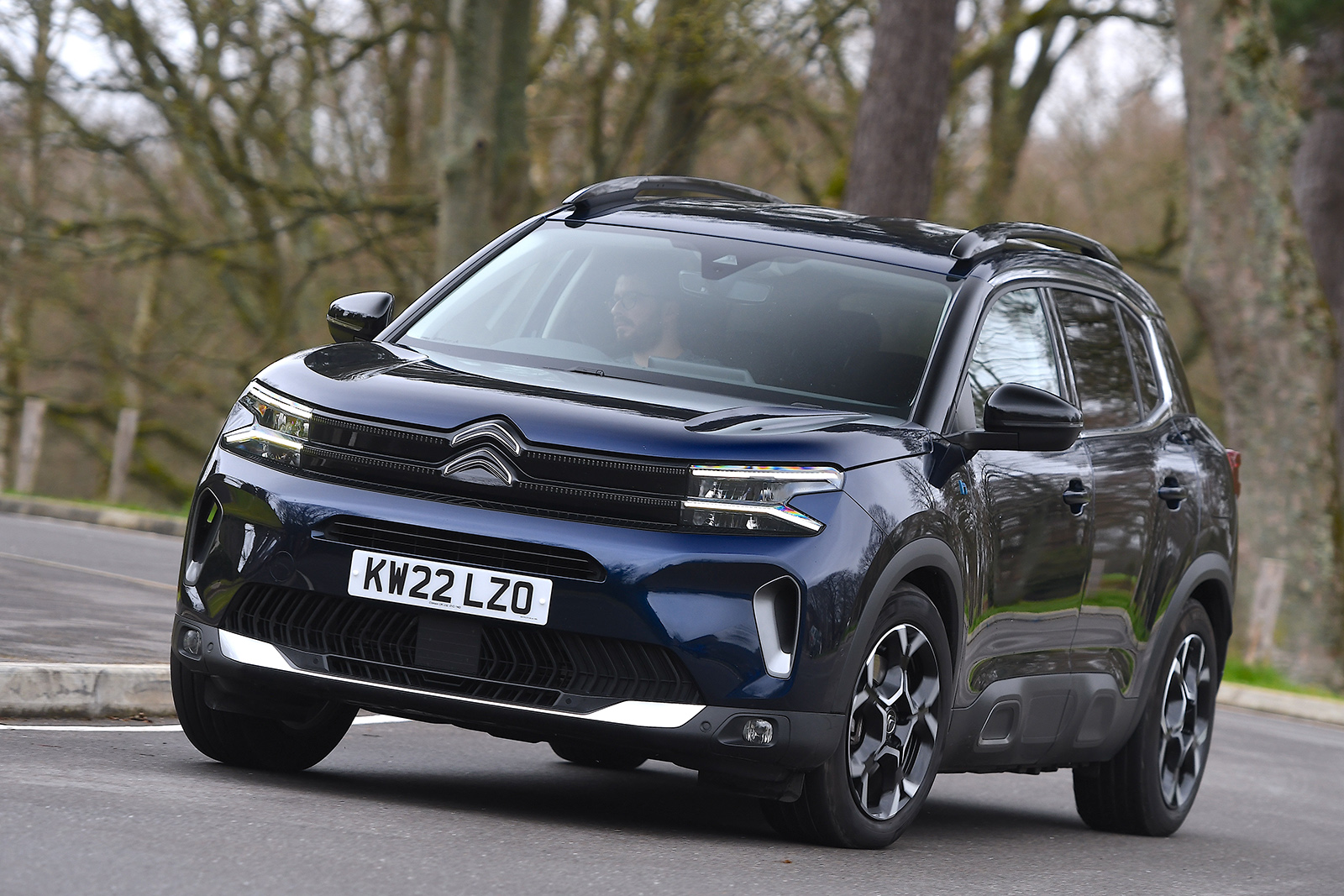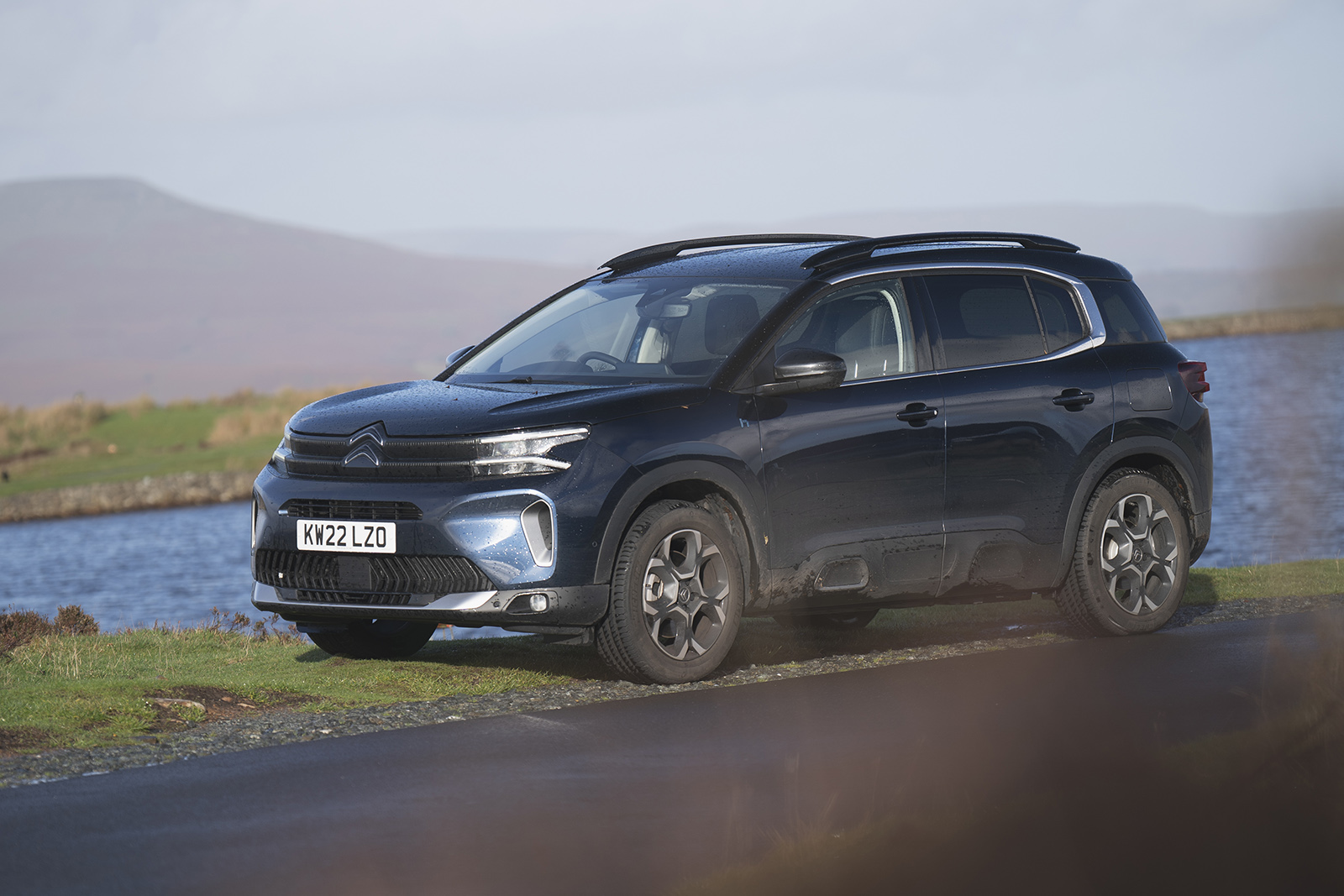If you’re looking for an allegory for the C5 Aircoss, consider this: if you nudge the windscreen wiper stalk down for a one-flick wipe of the screen, you also activate – or deactivate, if they were on – the automatic wipers. So to give the windscreen a one-flick wipe but revert to the original automatic wiper state, you must push the stalk twice.
The car's touchscreen infotainment system, while it has had some incremental improvements over the lifecycle of the model, is guilty of some similar usability shortcomings, integrating the climate control temperature adjustment functions, and making you jump between menus a bit too often for every little thing (although the menus themselves are at least easy to access, thanks to some shortcut keys lower on the fascia).
As a rule, Citroën’s menus are more complex to fumble around than, say, Volvo’s all-touch version, and quite a bit less intuitive than Hyundai's latest touchscreen equivalents. All you’d want – DAB radio, navigation, personalisable 12.0in instruments and so on – are present, but the system is slow to respond, and if you’ve selected reverse to bring up cameras, it’s then impossible to bring up another screen until you’ve driven off forwards. At times, burying the car's climate controls in one of these menus seems borderline unforgivable.
The C5 Aircross’s cabin, then, isn’t exactly a paragon of ergonomic accomplishment, which is a shame because there’s a lot about this interior that’s easy to like. The seats are well positioned and comfortable, though somewhat flat in both cushion and squat, and occasionally lacking in support. Citroën fits Advanced Comfort seats with variably dense foam in their construction and they feel quite soft, although opinions were divided on our road test jury as to whether they made for good long-distance comfort.
There are well-spaced pedals, and there's a nicely aligned, smallish steering wheel that isn't overburdened with controls. You get plenty of space in the front, and three individual sliding, folding and removable chairs in the rear, in front of a boot whose capacity can extend to beyond 700 litres with the back seats still in place.
Funky trims abound and material quality feels fairly strong, even if it doesn't look particular rich or expensive. Plenty of different material finishes make it a busy-looking interior, but less so for the driver. The mouldings feel soft under your arms, soft on the dash top, and squidgy on the door tops, and the doors have metal handles.
As a driving environment, then, the C5 Aircross is a slightly conflicted place: at once frustrating yet also accommodating and pleasing, a theme that extends as far as the digital instrument binnacle. The big speedo is supplemented by a retro horizontal one that scrolls along the top of the display. Yet even if you put the customisable panel into ‘dials’ mode, the rev counter remains a tiny, undecipherable line that gives you only a vague idea of the engine speed. Both hybrid versions of the car get their own instrumentation styles, which work acceptably well, though they lack some useful information.
















